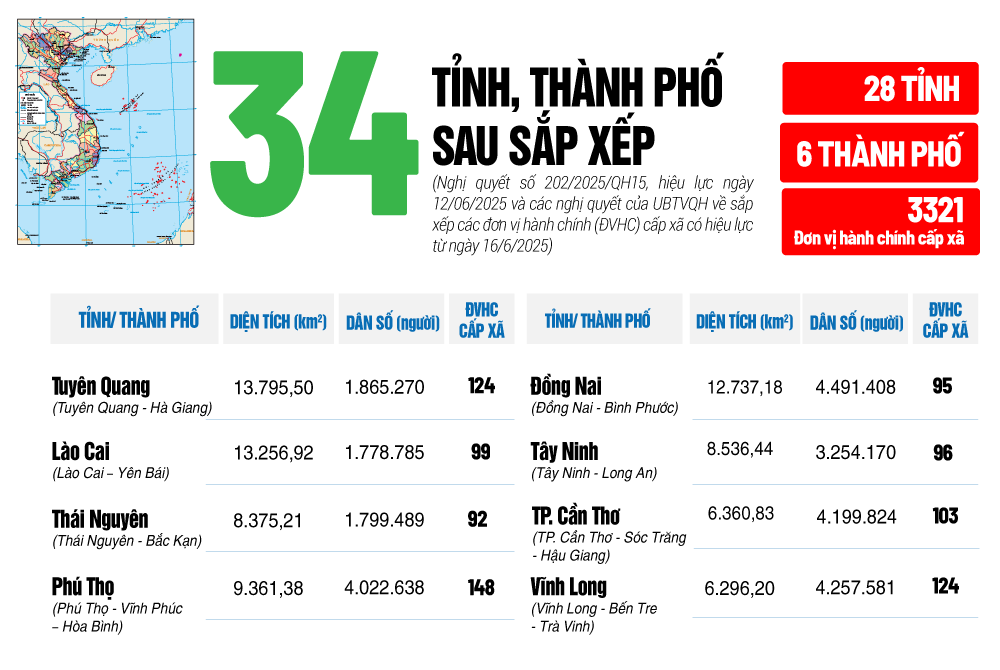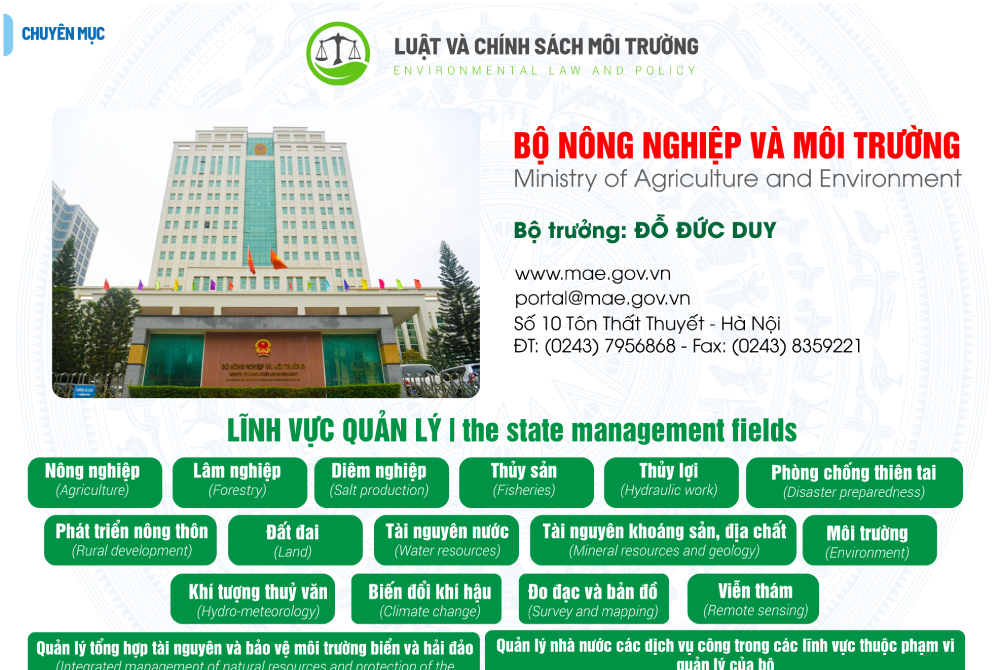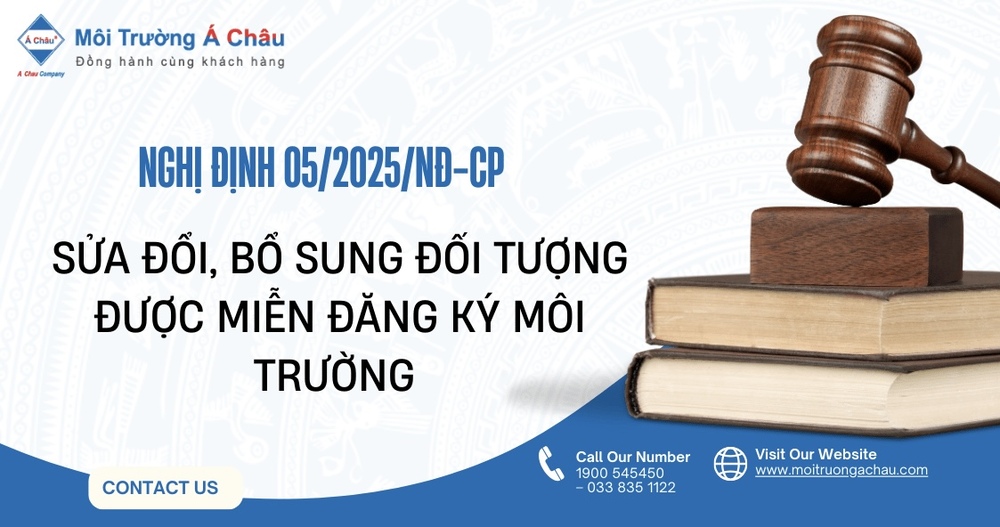Thai Nguyen City: Issuance of regulations on the collection, transport and treatment of solid medical waste.
Thai Nguyen Provincial Committee issued Decision No. 05/2023/QĐ-UBND Regulation of collection, transport, and treatment of solid medical waste in Thai Nguyen Province.
As a result, as provided in Clause 6 Article 62 of the Environmental Protection Law, this regulation stipulates the details of solid medical waste collection, transportation, and treatment in Thai Nguyen province. The regulation applies to medical facilities that generate medical solid waste while operating on Thai Nguyen Province territory, including medical examination and treatment facilities, emergency medical, health sector training, testing, evaluation, medical, pharmaceutical testing facilities, and facilities that generate medical solid waste while operating on Thai Nguyen Province territory.
Facilities for the collection, transportation, and treatment of hazardous and conventional medical solid waste; Agencies, organizations, and persons involved in medical solid waste on Thai Nguyen Province's territory. The regulation applies to health facilities such as medical examination and treatment facilities, preventive health facilities, health sector training facilities, research, testing, testing, inspection, medical, pharmaceutical, and medical solid waste generating facilities operating on Thai Nguyen province's territory, and facilities for the collection, transportation, and treatment of hazardous medical solid waste and conventional medical solid waste.
General provisions and principles for solid medical waste collection, transportation, and disposal
General provisions and principles for solid medical waste collection, transportation, and disposal:
1. The medical facility must ensure that it meets the requirements for the collection, sorting, and disposal of solid waste specified in Clause 1, Article 62 of the Law on Environmental Protection.
2. Infectious medical waste, non-infectious hazardous waste, and ordinary solid waste must be managed in compliance with legal requirements throughout the whole generation, reduction, sorting, collection, storage, transportation, reuse, recycling, treatment, and destruction process.
a) Hazardous medical solid waste must be collected and separated from ordinary solid waste before entering the storage area at the facility where it is created, following medical waste collection, transportation, and disposal legislation.
b) Hazardous solid medical waste generated by health facilities shall be treated at the health facility if adequate in terms of facilities, technology, equipment, resources, and legal basis, or by hiring a unit with a hazardous waste treatment license, as provided for in Circular No. 02/2022/TT-BTNMT, limiting dispersive treatment in health facilities.
c) Conventional medical solid waste must be sorted, collected separately from hazardous medical solid waste, and managed in the same manner as conventional industrial solid waste before it is placed in the storage area at the facility where it is generated, according to the legislation on the collection, transport, and treatment of medical solid waste.
3. Medical waste collection, sorting, storage, and management are carried out within the area of the medical facility campus in compliance with the terms of Ministry of Health Circular No. 20/2021/TT-BYT dated 26 November 2021 and the legal provisions on environmental protection.
4. Establish and organize the implementation of hazardous medical waste storage clusters concentrated in district and city medical centers, and general hospitals to collect and store hazardous medical waste from municipal health stations, wards, towns, and other medical facilities within district and city-territory based on waste treatment. Thai Nguyen City Medical Center, Song Kong City Medical Center, Phu Yen City Medical Center, Phu Binh District General Hospital, Dai Du District General Hospital, and Dinh Hoa District General Hospital are among them.
5. Medical solid waste storage units and medical facilities may treat hazardous medical solid waste at the medical facility if they meet the conditions of facilities, technology, equipment, resources, and legal basis as specified in Circular No. 02/2022/TT-BTNMT, or hire a unit with a hazardous waste treatment license.
6. Where medical waste storage clusters and district-level medical facilities are qualified to perform self-treatment of medical waste at the facility, medical waste is classified based on the existing technical and technological conditions of the waste treatment system that has been licensed by the competent official body by the regulations. The medical waste treatment system must ensure that the treated medical waste meets environmental technical standards; there is a system for the treatment of sewage, waste gases, and solid waste resulting from medical waste treatment that ensures compliance with permitted standards; and there are control measures and monitoring of pollution emissions to the environment.
7. Vehicles and equipment used for the collection, transportation, and treatment of hazardous medical solid waste must meet technical standards and follow regulatory management procedures, and trash must not be discharged into the environment.
8. The facility performing the service of hazardous solid medical waste collection, transportation, and treatment must be licensed by the competent functional body by the regulations, ensuring that hazardous medical waste is collected, transported, and treated by the regulations on hazardous waste management in Government Decree No. 08/2022/ND-CP of January 10, 2022, and the Environmental Technical Regulations.
9. Individual organizations that generate medical waste and conduct medical waste-related activities must completely implement the reporting regime on medical waste management as defined for functional authorities under management control.
10. Medical facilities, waste transportation, collection, treatment facilities, agencies, organizations, and individuals with activities related to medical solid waste must strictly implement the provisions of Article 6 of the Environmental Protection Law and the relevant legal provisions for prohibited acts in environmental protection activities.
Normal medical solid waste conditions
1. Collection of conventional medical solid waste: Conventional medical solid waste for recycling is collected separately from conventional medical solid waste for non-recycling uses
2. Conventional medical solid waste is delivered to the appropriate functional unit for transportation and disposal by the provisions of the applicable legislation.
3. The health facility shall issue a Catalogue of Conventional Solid Waste Allowed for Collection for Recycling Purposes by the waste generation situation of the unit, based on the Catalogue of Conventional Solid Waste Allowed for Collection for Recycling Purposes set out in Annex 01 to Circular 20/2021/TT-BYT.
Collection of hazardous medical solid waste:
1. Infected medical solid waste collection
a) To limit the impact on patient care areas and other places within the health facility, the health facility must restrict the flow and timing of the collection of suitable infectious waste.
b) Waste collection equipment must be properly sealed to prevent effluent leakage during the collection operation.
c) Waste must be separately collected from the place of origin to the temporary waste storage area in the medical facility. Before collection, the bags must be sealed and the container must have a closed lid.
d) Waste must be pre-treated near the point of origin to remove germs using a disinfectant solution or disinfectant equipment. Before collecting bags containing high-risk infectious waste in medical facilities without waste decontamination equipment, the bag mouth must be sealed and placed in the second infectious waste bag, the bag mouth must be sealed and placed in the infectious waste collection container, outside the container labeled "WASTES WITH HIGH RISK OF INFECTION", which is collected, stored separately in the infectious waste storage area for treatment, or transferred to the treatment facility.
e) At least once a day collection of infectious waste from the source to the waste storage place on the health facility's premises. In healthcare institutions with fewer than 05 kg of infectious waste generated per day, infectious waste is collected at least once a day, and sharp infectious waste is collected at least once a month.
2. Collection of non-infectious hazardous waste
a) Non-infectious hazardous waste collected and stored separately in the waste storage area of the health facility.
b) Broken, damaged, discarded medical equipment containing mercury collected and stored separately in plastic boxes or suitable materials, ensuring no leakage, or release of mercury vapor to the environment.
The transportation, transfer, and disposal of hazardous medical solid waste is regulated as follows:
1. Health facilities that treat their own hazardous medical solid waste on-site must transport hazardous medical solid waste from arising areas to the unit's storage area for medical solid waste treatment to ensure compliance with the legal provisions on hazardous medical solid waste collection, transportation, and treatment. Health facilities that manage hazardous medical waste must adhere to the environmental protection standards outlined in Article 70, paragraph 2 of Decree No. 08/2022/ND-CP. If the facility's hazardous medical solid waste treatment works are not guaranteed, or if temporary waste generation incidents cause overload, the hazardous waste treatment unit must be engaged to manage it by rules.
2. Health facilities that are not qualified to handle hazardous medical waste on-site must hire a fully functional hazardous waste treatment unit with an environmental permit appropriate for the type of waste to be transported to transport to the treatment site, or contract storage and treatment of hazardous medical solid waste with a local hazardous medical solid waste storage cluster. Where a health facility has a contract for the storage and treatment of hazardous medical waste with a collection of hazardous medical waste, the medical waste must be transported to the collection of hazardous medical waste on-site by personal means, special equipment for the storage of hazardous medical waste must be installed to ensure environmental hygiene requirements, and regulations on the transport of hazardous medical waste must be followed.
3. The medical waste storage area at the hazardous medical waste storage clusters shall meet the technical requirements set out in Section A of Annex 03 to Circular 20/2021/JHA. Medical waste storage areas in medical facilities must meet the technical requirements as specified in Section B of Annex 03 to Circular 20/2021/TT-BYT.
4. Environmental protection conditions for the transportation and treatment of hazardous solid medical waste, as specified in Circular No. 02/2022/TT-BTNMT Article 42. The route and time of transportation of hazardous medical solid waste must conform with Thai Nguyen Province rules on hazardous waste transportation routes and times.
5. The transfer of medical waste by medical facilities, clusters of storage of medical waste to waste treatment facilities must ensure the requirements set out in Article 12 of Circular No 20/2021/TT-BYT and the use of evidence of hazardous waste carried out by Form No 04 - Annex III of Circular No 02/2022/TT-BTNMT.
Source: congnghiepmoitruong.vn














